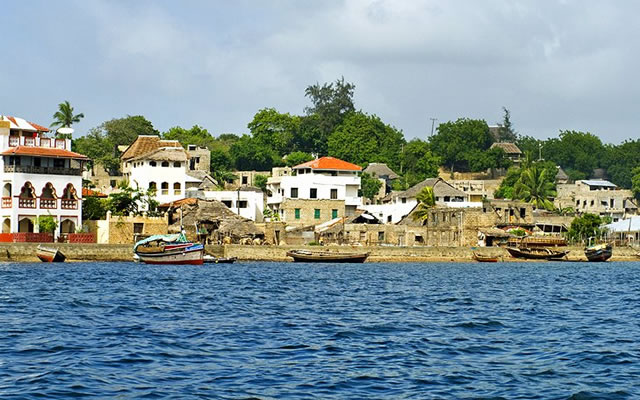It is hardly surprising that Kenya has turned to this niche to stimulate growth. MICE is increasingly recognised globally as a key component of a healthy tourism industry. In Kenya, this is especially true given the current spending trends in the leisure and business markets. According to the World Travel and Tourism Council (WTTC) leisure spending – contributed to by inbound tourists, but driven by domestic tourists – generated 62.5% of direct travel and tourism GDP in 2014, down from its 2013 figure of 65.4%. Business spending, however, is growing. In 2014 it generated 37.5% of direct GDP, up from 34.6% in 2013. In 2015 this segment is anticipated to increase by a further 5.4%, to reach KSh150.9bn ($1.7bn). The WTTC forecasts an annual growth rate of 5.3% for the sector until 2025, reaching KSh252bn ($2.8bn). Leisure spending, on the other hand, is expected to grow by just 2.8% in 2015, totalling KSh245.3bn ($2.7bn) by the end of the year. Forecasts project growth of 5% each year until 2025, reaching KSh400.6bn ($4.4bn).
The business segment has been largely immune to the negative effects felt by the wider industry, and the government has been extremely active in bidding for conferences. In 2015, Kenya is set to host three international conferences that will bring in a combined total of 21,000 local and international delegates to Kenya. At the top of the bill is the 10th World Trade Organization Ministerial Conference, to be held in Nairobi in December 2015. This is the first time that the event will be held in sub-Saharan Africa. Some 7000 delegates are expected, contributing KSh4.08bn ($44.9m) to the local economy.

